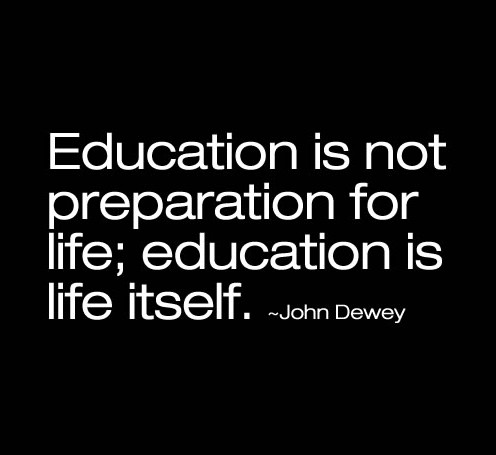 Are you interested in studying regulation? Do you wish to turn out to be a lawyer? If yes, then this text might be of nice help to you. This article is a guide for the tenth standard pass outs who wish to pursue law sooner or later.
Are you interested in studying regulation? Do you wish to turn out to be a lawyer? If yes, then this text might be of nice help to you. This article is a guide for the tenth standard pass outs who wish to pursue law sooner or later.
Lack of ample sources to satisfy the educational needs of the disabled learners in the common colleges trigger many of the dad and mom to have doubt as as to if the needs of their children are adequately met in these colleges. Thus, most mother and father desire to take their youngsters to the particular colleges as in comparison with the inclusive faculties. This affects negatively the success of inclusive education.
The students must be hardworking. They ought to be obedient of respectful to the lecturers. They should read the lesson before hand so that they can take part in dialogue. They needs …
 When the words consumption and funding is available in entrance of eyes, we just consider that the subject related to financial portion, but how this zone quiet effected on schooling requires dialogue.
When the words consumption and funding is available in entrance of eyes, we just consider that the subject related to financial portion, but how this zone quiet effected on schooling requires dialogue. Jolly Learning Ltd is a system designed to assist youngsters to develop their phonics expertise. It was founded by British man Chris Jolly in 1987, and after collaborating with Sue Lloyd he revealed the first part of Jolly Phonics in 1992.
Jolly Learning Ltd is a system designed to assist youngsters to develop their phonics expertise. It was founded by British man Chris Jolly in 1987, and after collaborating with Sue Lloyd he revealed the first part of Jolly Phonics in 1992. This online coaching course is for individuals who want to acquire certification in Medical Information and Terminology. Potential candidates could embrace (however aren’t restricted to): interpreters; translators; non-medical hospital and group well being centre workers; medical insurance coverage suppliers; and people who work as a liaison between medical professionals and the general public. This online course is the perfect resolution for many who want to improve or refresh their expertise with out disrupting their day-to-day lives. The course is based on 186 hours of unbiased examine and contains learning materials, quizzes, diagrams, and audio-primarily based pronunciation guides.
This online coaching course is for individuals who want to acquire certification in Medical Information and Terminology. Potential candidates could embrace (however aren’t restricted to): interpreters; translators; non-medical hospital and group well being centre workers; medical insurance coverage suppliers; and people who work as a liaison between medical professionals and the general public. This online course is the perfect resolution for many who want to improve or refresh their expertise with out disrupting their day-to-day lives. The course is based on 186 hours of unbiased examine and contains learning materials, quizzes, diagrams, and audio-primarily based pronunciation guides.